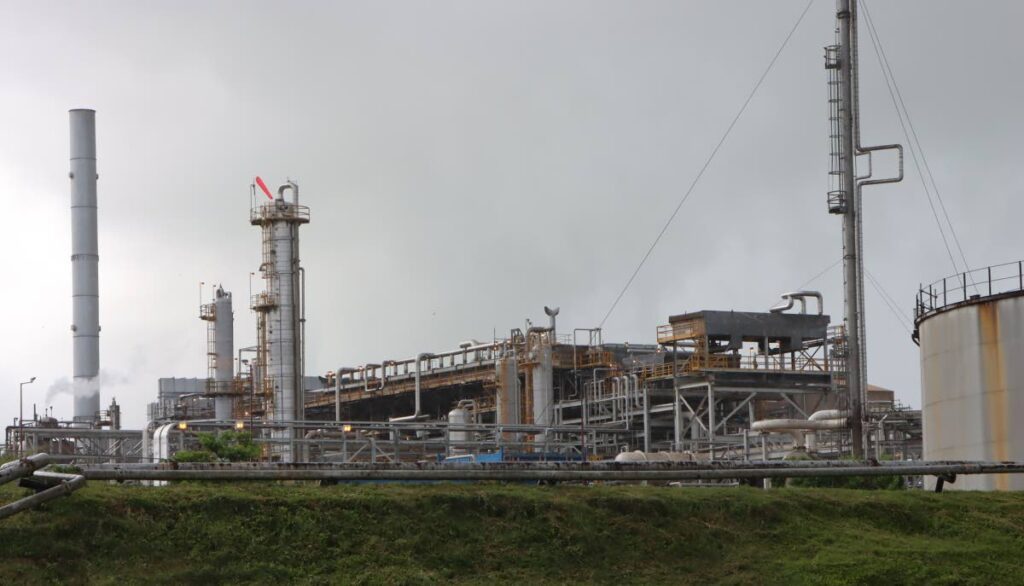Lessons from NiQuan fallout

THE RECENT disclosure of legal moves to compel the winding-up of NiQuan Energy Trinidad Ltd is a full-circle moment in the long and troubled history of the gas-to-liquids plant in Pointe-a-Pierre.
The plant, described as the first of its kind in the western hemisphere, opened three years ago this month. Few are celebrating the anniversary.
David Small, a former independent senator who served as a NiQuan vice president, is moving to compel the company’s liquidation so he can recover a $21 million debt for breach of contract. That breach was described last September by the High Court as “outrageous, high-handed and egregious.”
“The actions of the defendant were reprehensible,” said Justice Westmin James.
If the company’s conduct in relation to senior executives has been found wanting, it has grave questions to answer about its history of worker safety.
Allan Lane Ramkissoon, a Massy Energy Engineered Solutions Ltd pipefitter, suffered burns during an incident at NiQuan’s plant last year.
He died on June 18. Since then, the Cabinet has consistently declined to set out a timetable for the public release of a report on the incident, citing commercial and legal imperatives. Family members have been left distraught.
Ramkissoon’s death came two years after an explosion, which damaged the property of some Marabella residents.
That explosion had, ironically, triggered a review of safety by a phalanx of state agencies. Energy Minister Stuart Young assured Parliament there was a safety plan in place to deal with future incidents, saying, in November 2022, “NiQuan has a facility emergency management plan which covers both on-site and off-site facilities.” But much has not gone according to plan.
Construction of the troubled plant began in 2007. Even before it opened, there were lessons to be learned about the risks of an enterprise carried out by state enterprises without full transparency and proper regulatory oversight.
The venture that today falls under the aegis of NiQuan was first a project that originated under Petrotrin and World GTL Trinidad Ltd. Even before it opened, Petrotrin had reportedly spent as much as $2.6 billion, with little to show for it, under the Patrick Manning administration.
It was therefore unsurprising when the facility ended up at the centre of billion-dollar proceedings brought by the PP Government against former Petrotrin officials.
Those proceedings were subsequently dropped by the Rowley administration. Whatever the political nuances and legal questions, complicated by arbitration secrecy, the failed project almost certainly played a role in the closure of Petrotrin.
“I am certain that most, if not all of you here today are aware of the long and, at times, tumultuous history of this plant,” the Prime Minister said as he opened the facility, now NiQuan-owned, in March 2021.
“The internal management of the project by Petrotrin and WGTL was an undeniable failure.” The hope that the ruins could have been salvaged turned out, it would seem, to have been misplaced.
While many people, including local banks, stand to lose if the company is eventually liquidated, none will lose more than the people of Trinidad and Tobago.

Comments
"Lessons from NiQuan fallout"